Introduction
As such, preparations of a flight or a sailing trip are rather similar to rehearsals for an upcoming concert. While no lives are at stake during a performance, each performance benefits from thorough preparation.
Be prepared
During the preparation of a sailing trip, known landmarks, navigation marks and flare pattern are memorized, because they serve as milestones one needs to navigate in order to reach the intended destination. Orientation and navigation rely inherently on thorough preparation.
Nowadays, preparation times for a performance are at a premium—mostly for financial reasons. This means that each rehearsal needs to be used effectively. That is only possible with a clear plan and a structured approach. Those who have already played in a spa orchestra probably know how to play from sight, because each day’s program is different. The sheer mass of literature one has to absorb is gigantic and requires specific techniques and structures. Otherwise, it would be impossible to function in such an environment. Yet, it is precisely this kind of preparation that pays off handsomely in a hectic performance environment: it helps to avoid mistakes, remain cool and keep seeing the forest for the trees, whether in a professional orchestra or a brass band.
Navigation based on familiar characteristics
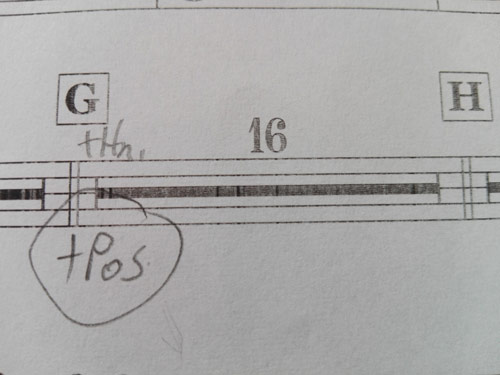
In addition to measure numbers, letters are a good way of structuring a score. As a rule, they only appear at the onset of important passages, e.g. new melody parts, or to indicate the places where new instruments or voices come in. That is where indications prove invaluable—especially if two sections are separated by a large number of rests.
Counting sluggards and ostinato motifs
When under stress, concentration and orientation are the first things to go during repetitive patterns (ostinato) and repetitions (./.; called “sluggards” in German). I suggest numbering them, because forgetting one instance already has a dramatic effect.
Counting long rests
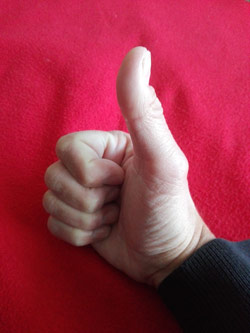
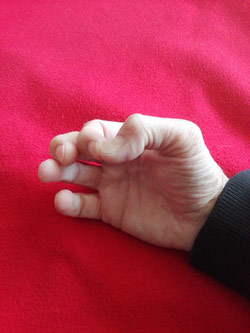
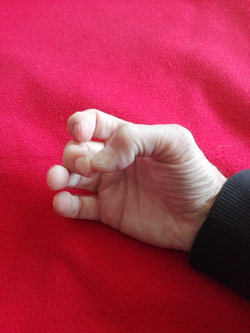
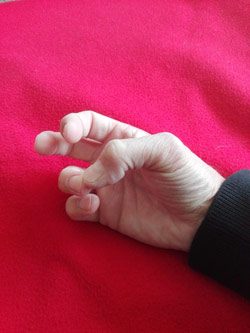
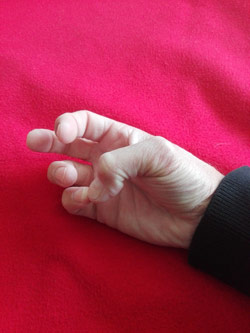
Counting rests with one hand is one of the things you should learn in class. While accidents will happen in an ensemble, wrong counts can be avoided and are generally considered a nuisance. My professor used to say: “If you can count banknotes, you can also count rests.” The thumb is important during such counting endeavors: it represents the figures 1, 6, 11, 16, 21, etc. Numbers 2, 3, 4 and 5 are counted by touching the thumb with the various fingers.
Signs from the conductor
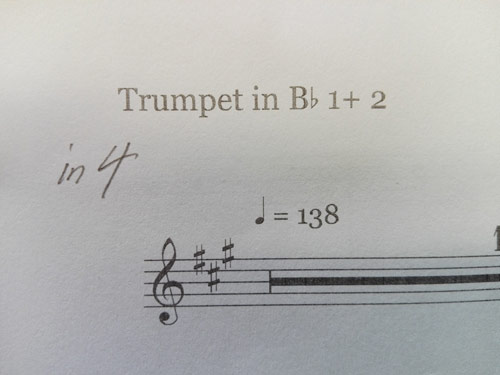
First things first: each musician or singer is responsible for when they start playing. Waiting for a sign from the conductor does not mean that you can just sit there and wait. In the heat of the moment, quite a few maestros tend to forget to tell the various sections when to start—nobody is perfect. Trust No-one but Yourself.
In order to count the measures properly, one needs to know what beat the conductor is indicating: 4/4, 8/8, or alla breve 2/2?
Symbols indicating sections 1+2, Dal segno, Da capo, Coda, Trio and Repetitions
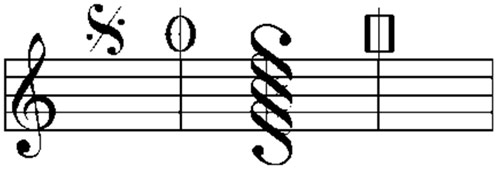
Score permitting, a (black or colored) pencil can be your best friend. Those who have already stood in for other musicians in a spa orchestra where different compositions are played each day, probably know what I mean. Most eyes tend to get lost during long jumps (as much as 2 pages back). This is where indications can prove simply indispensable.
Preparing scores
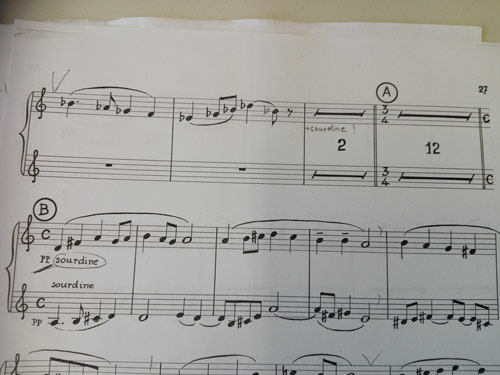
Often, additional indications, like when to put on the cup mute, appear in odd places. In this case, the indication appears too late, i.e. at the onset of section “B”. It would be wiser to note this indication before section “A”, which would allow you to install the cup mute during your break. This helps you to prepare and to keep calm.
Notes regarding intonation
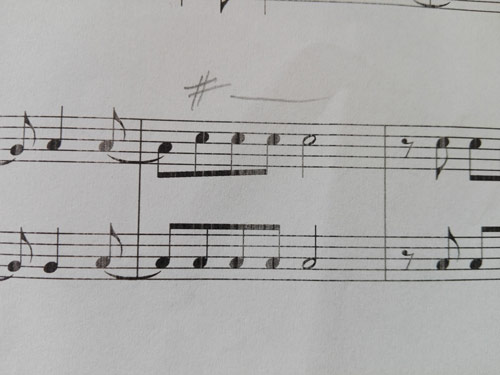
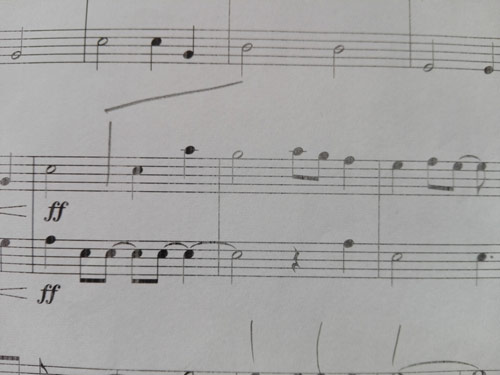
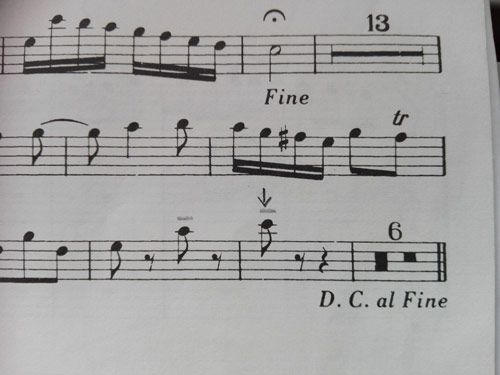
Intonational notes help with tricky chords in the orchestra. If my f'' was too high in rehearsal, I make a note (arrow down) so that it will be played a little lower the next time. Also the indication of special places with a (!), an accidental or the well-known spectacle sign warn in time of stumbling blocks.
Turning pages
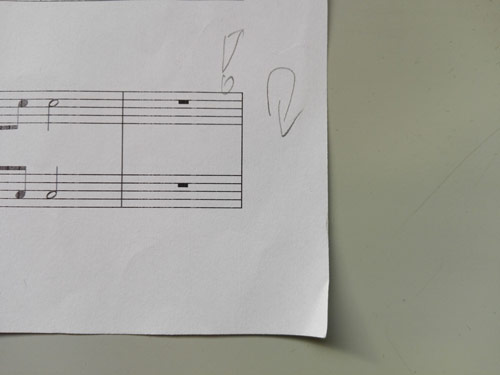
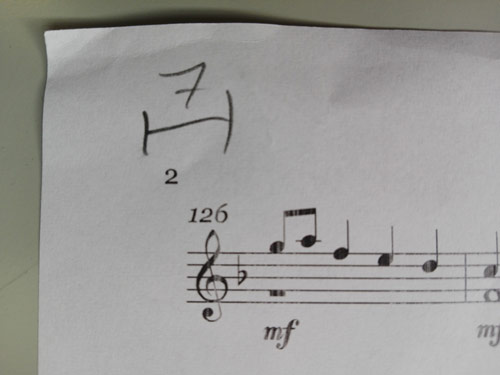
Stress in situations where a page needs to be turned can be avoided by indicating the number of rest bars on the next page, which allows you to turn the page ahead of time. More often than not, the next page starts with a passage you need to play from the 1st measure. As a rule, only the score to be played should be on your music stand—this will help you avoid confusion or falling pages. Remember—it’s always good to be prepared.
To summarize
Only the things you already know can be recognized. And that is what a rehearsal should be used for. Remember to add navigation clues and other useful indications, for this is the only way of remaining calm while doing everything right whenever the going gets tough. Use rehearsals wisely—Carpe studium.


